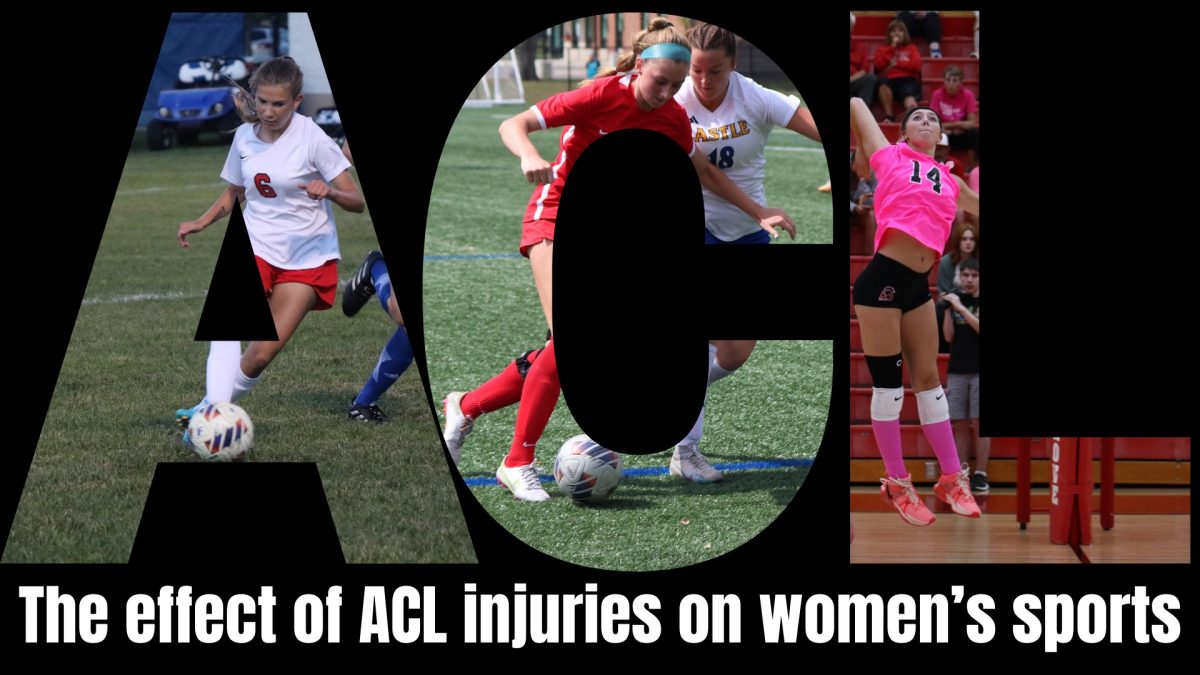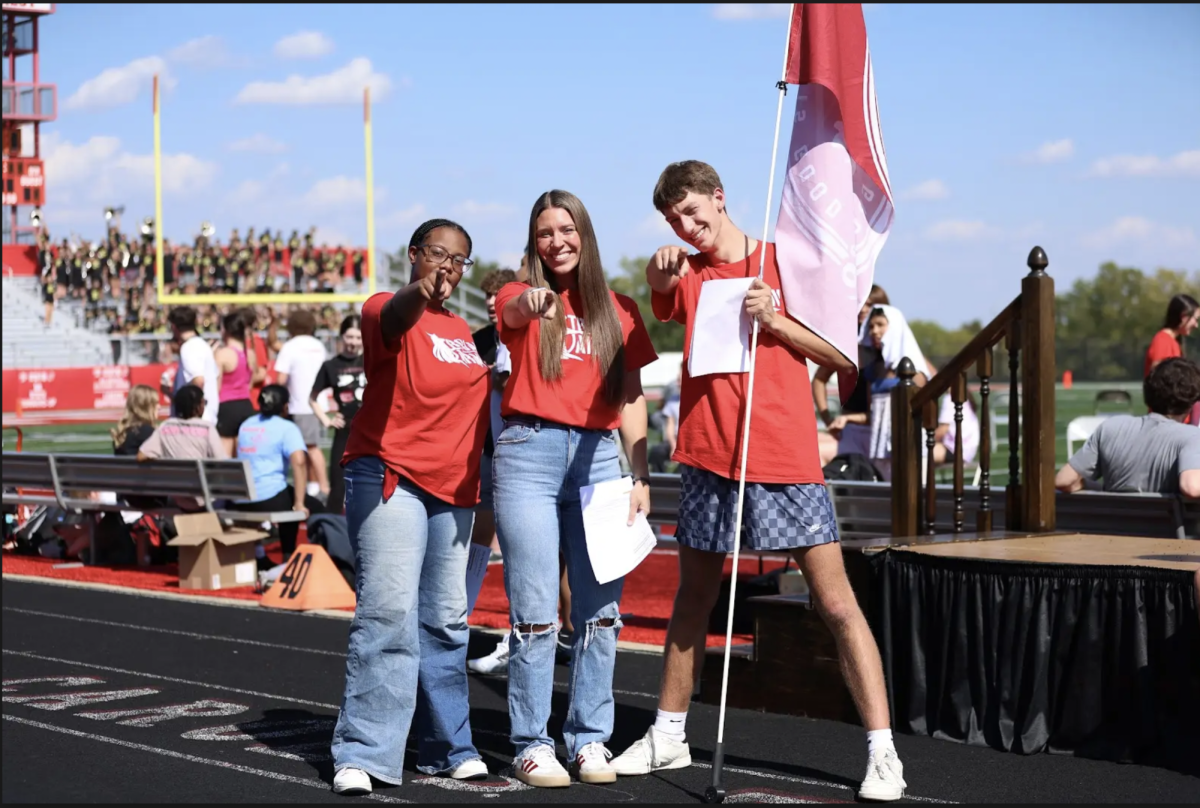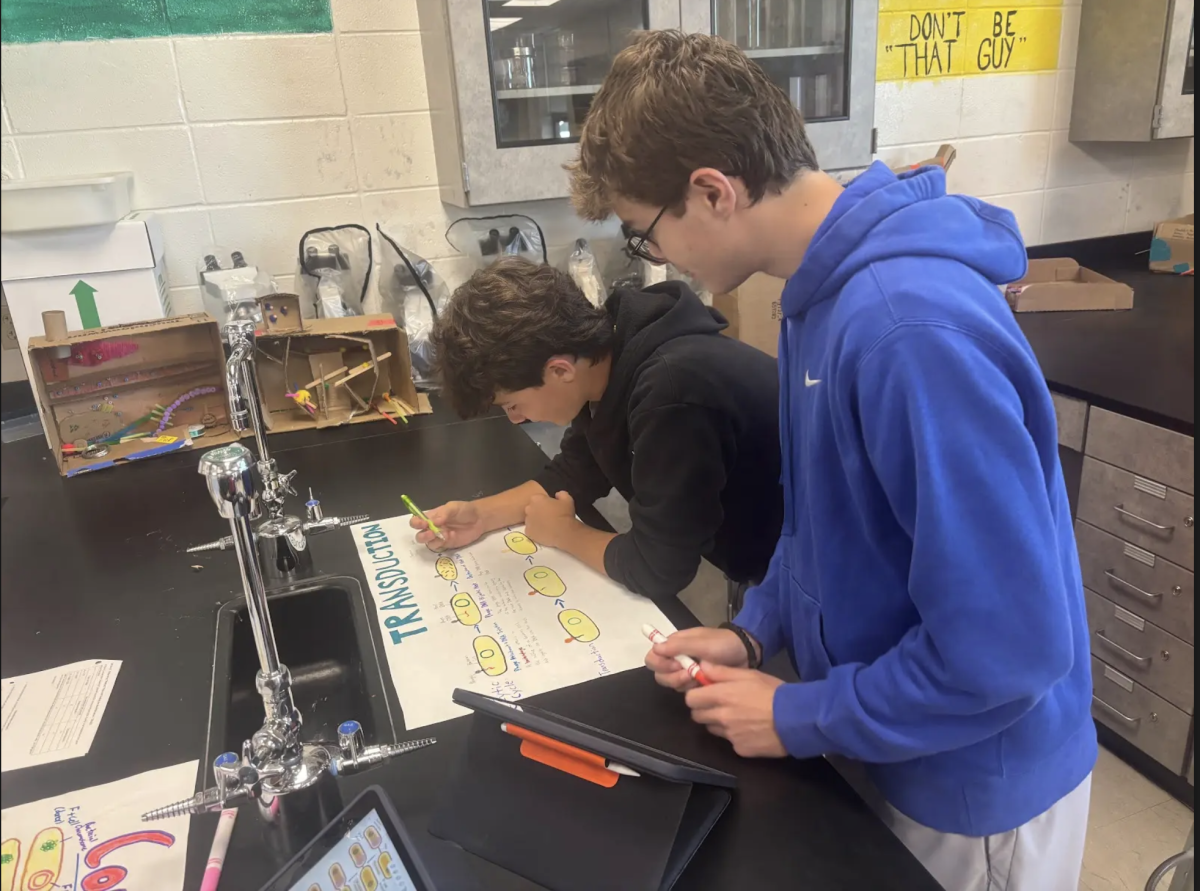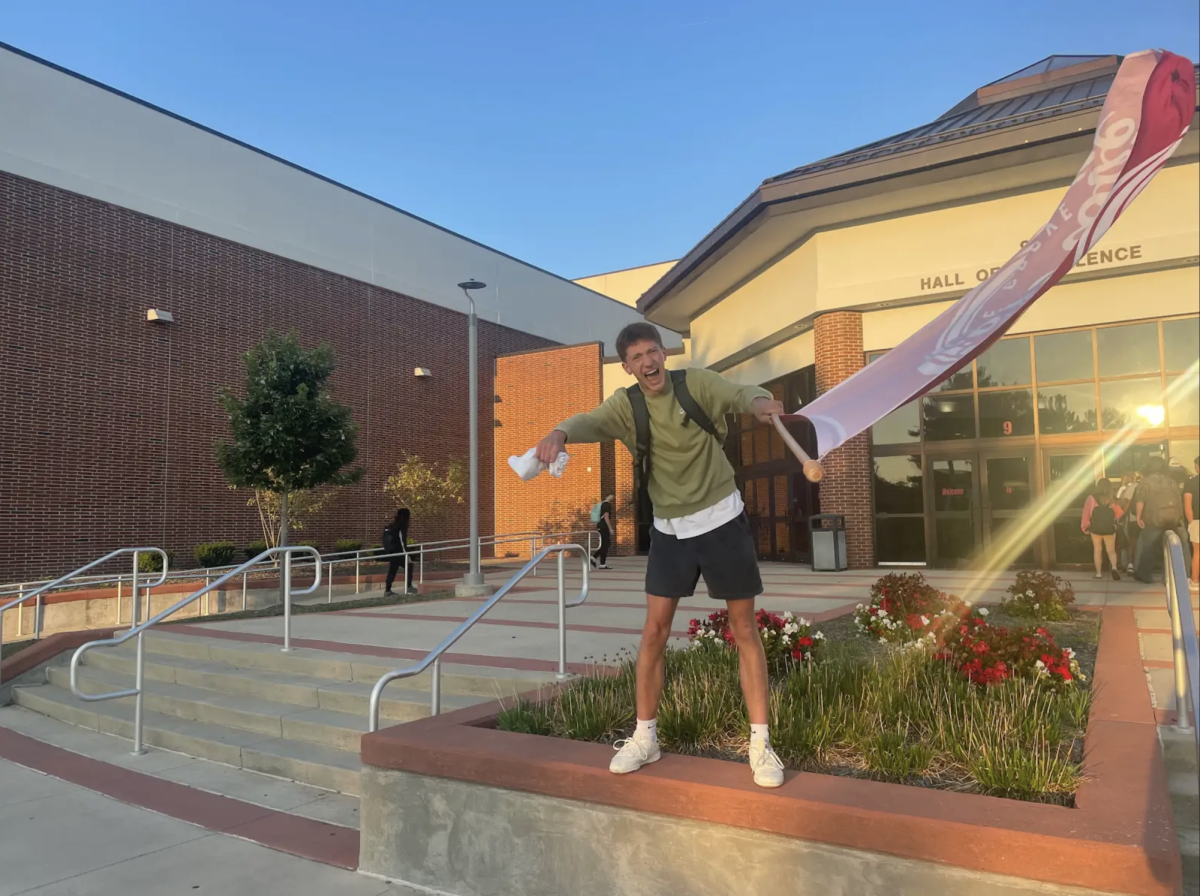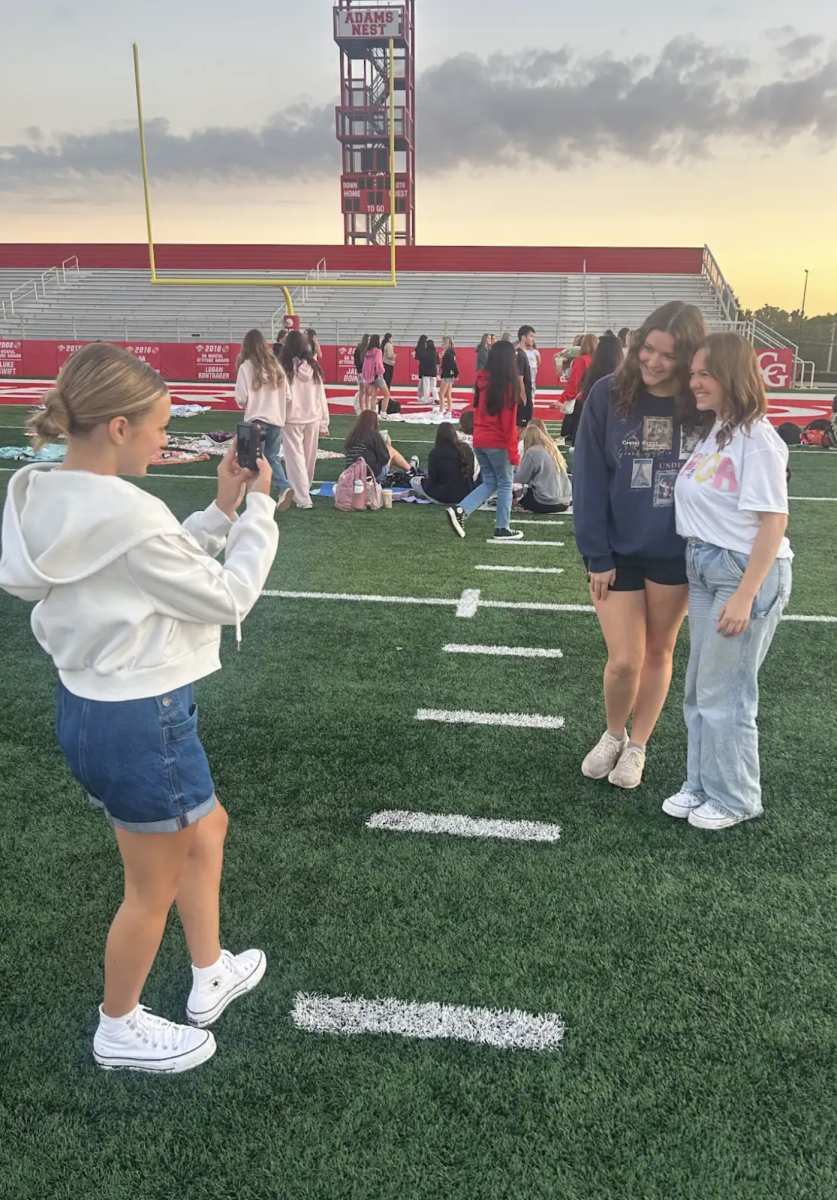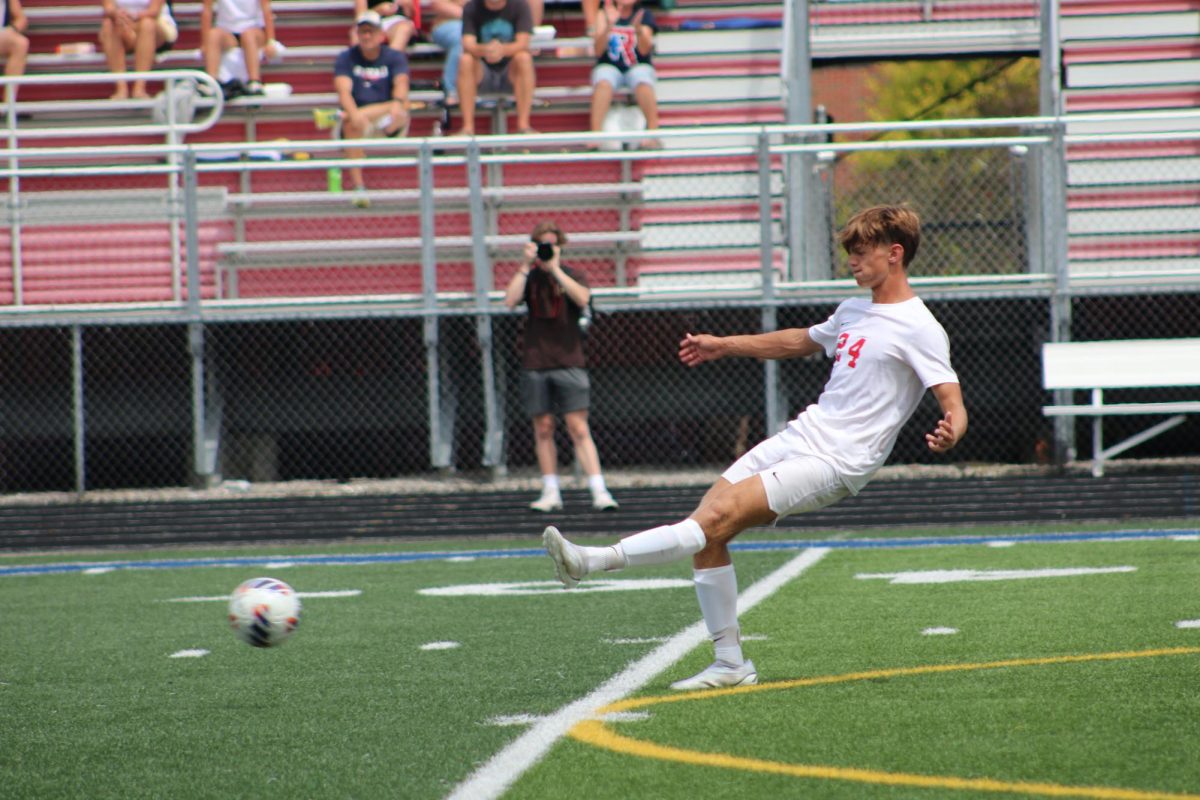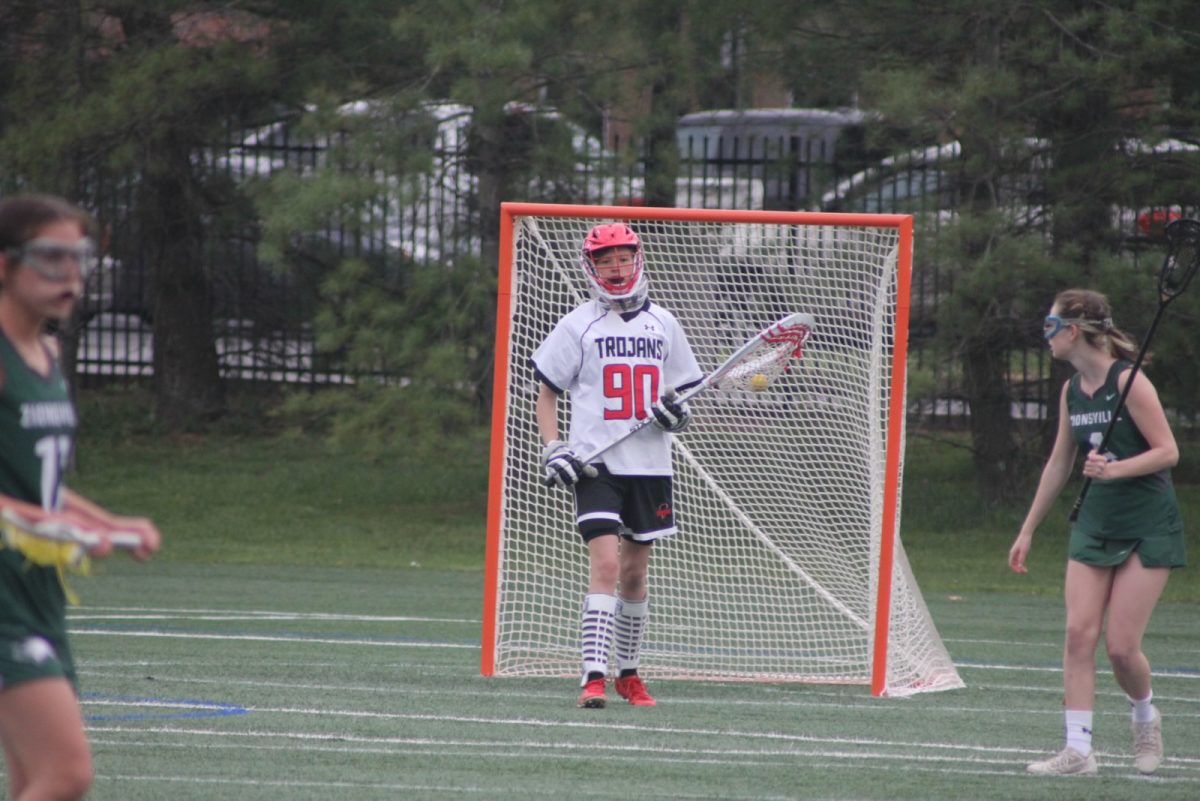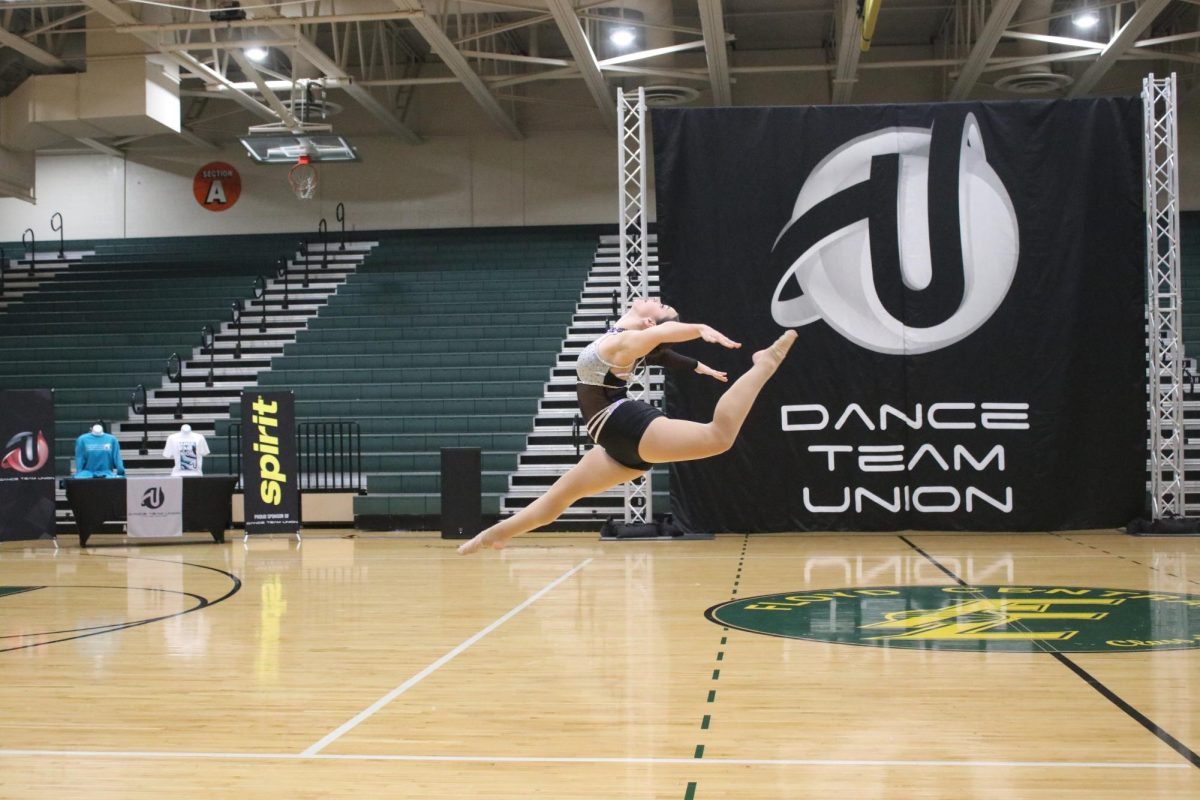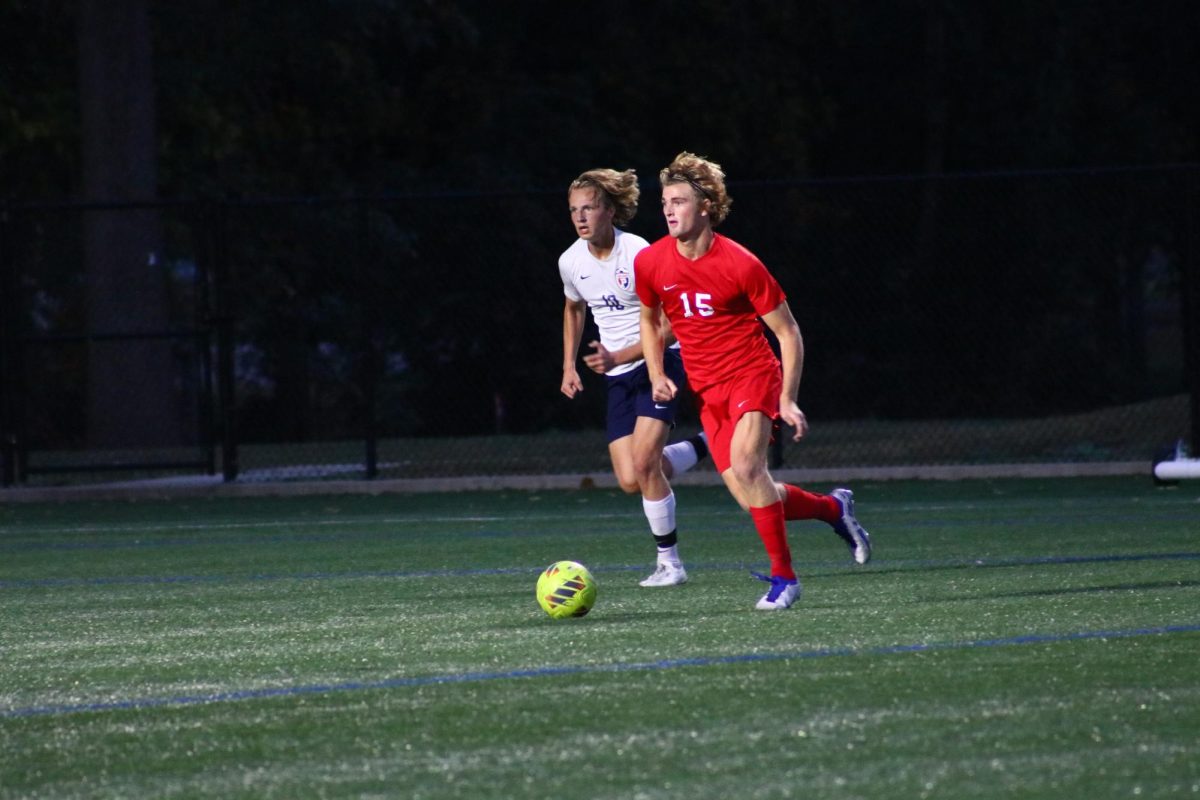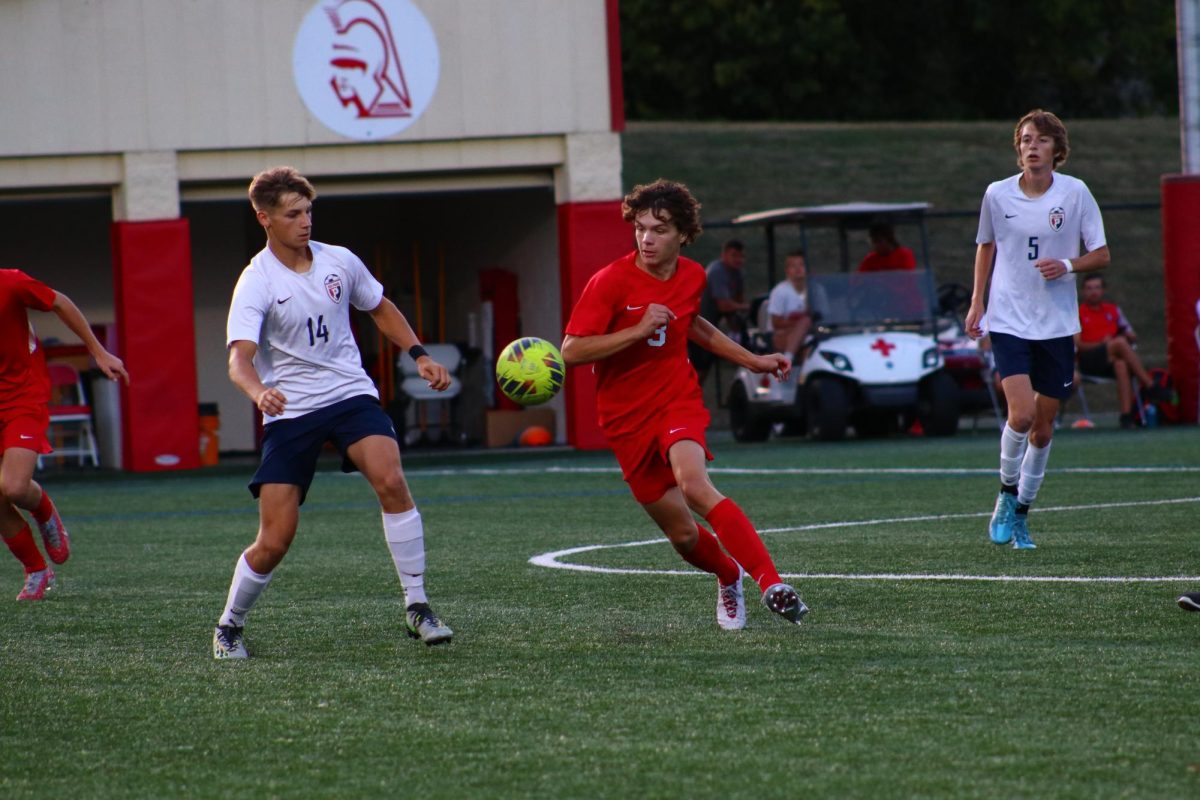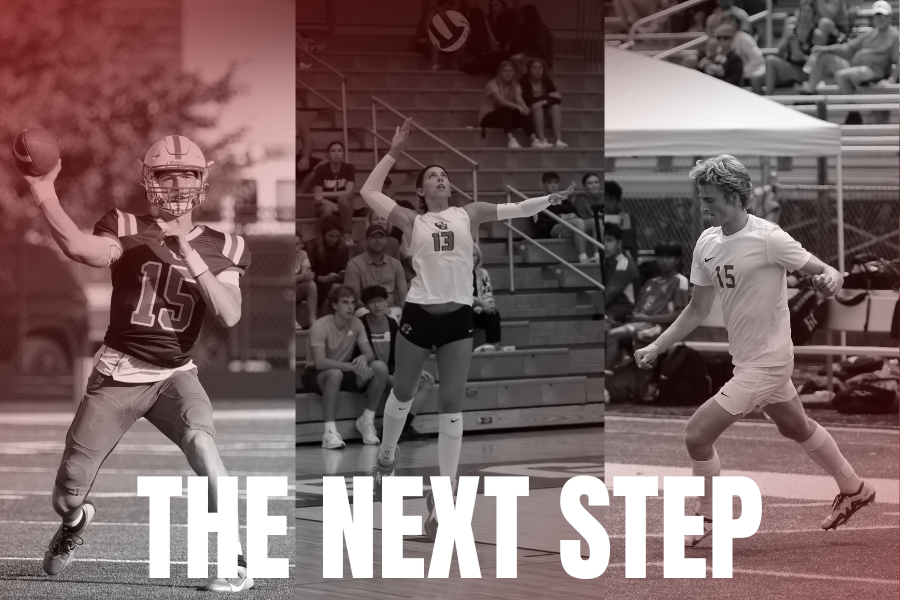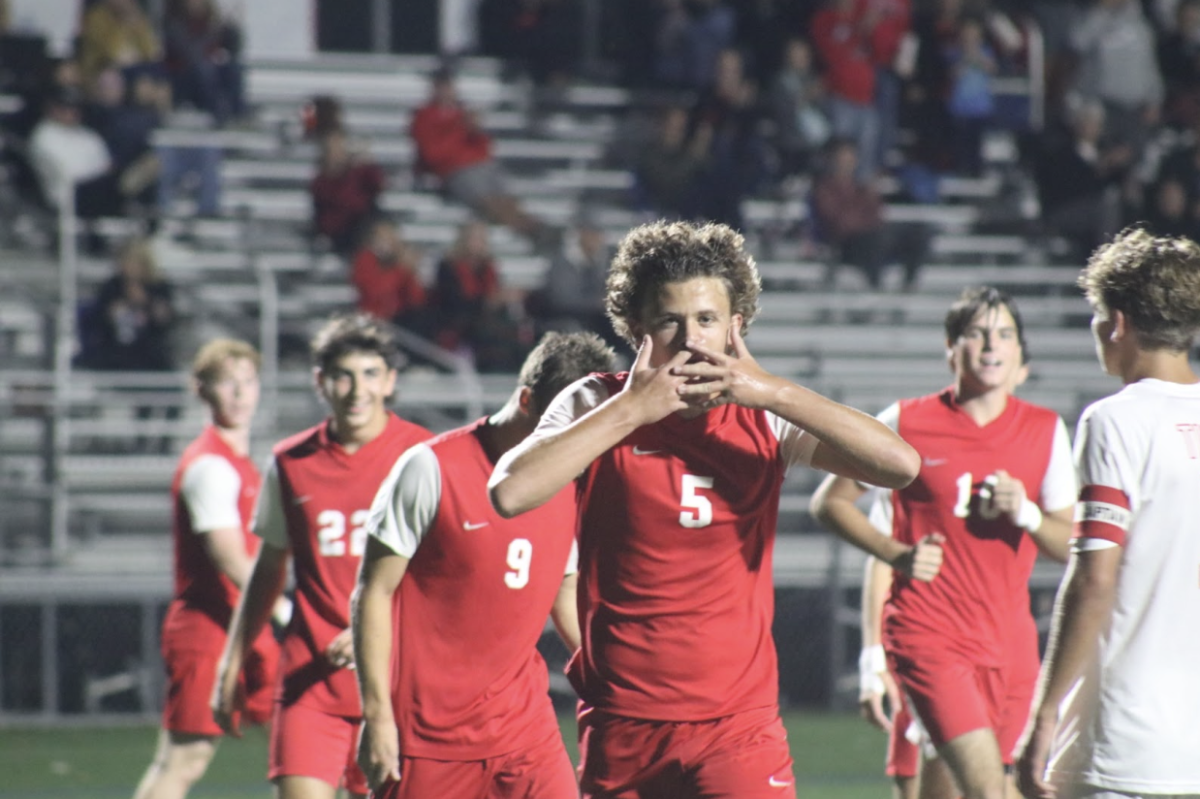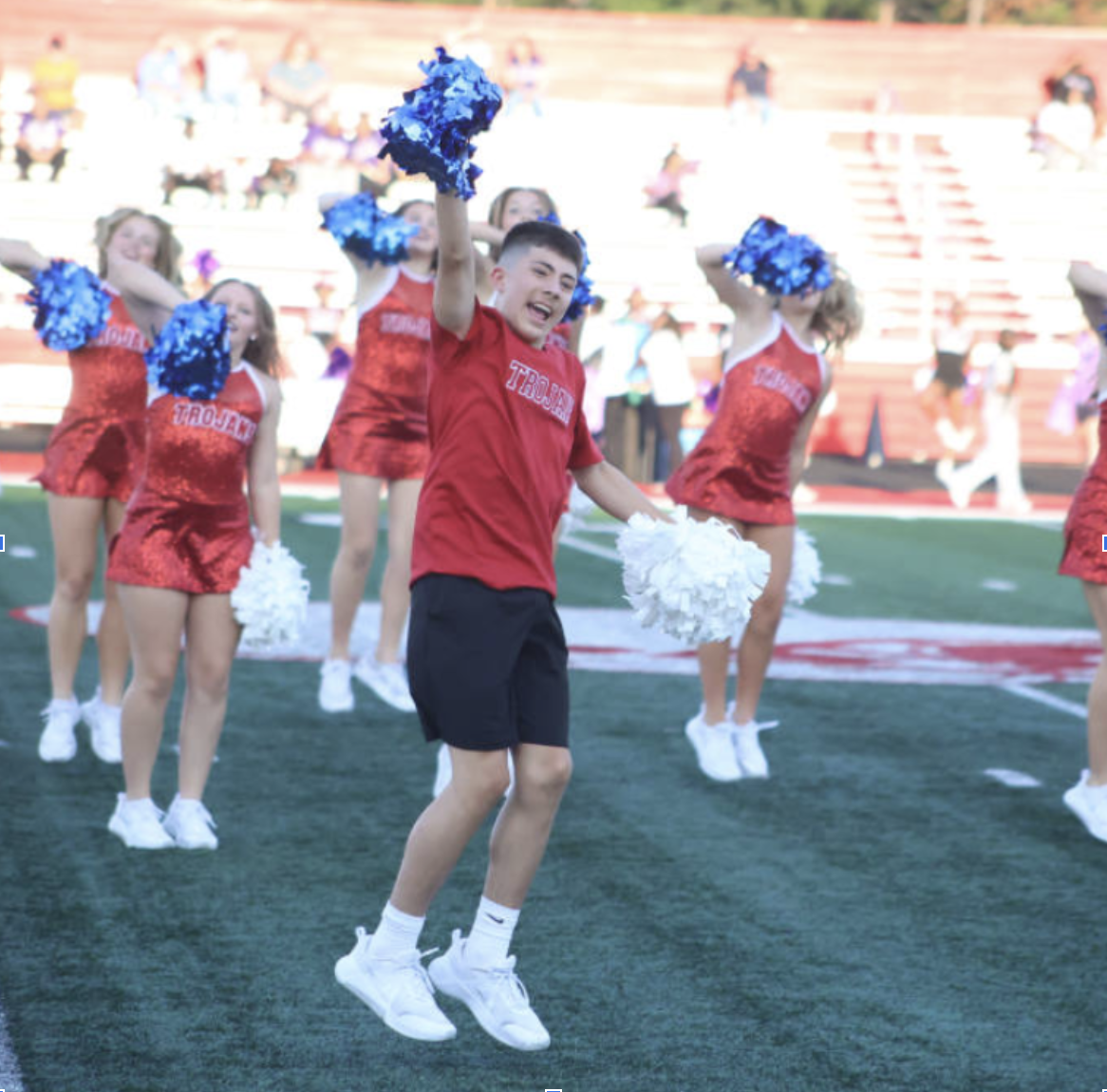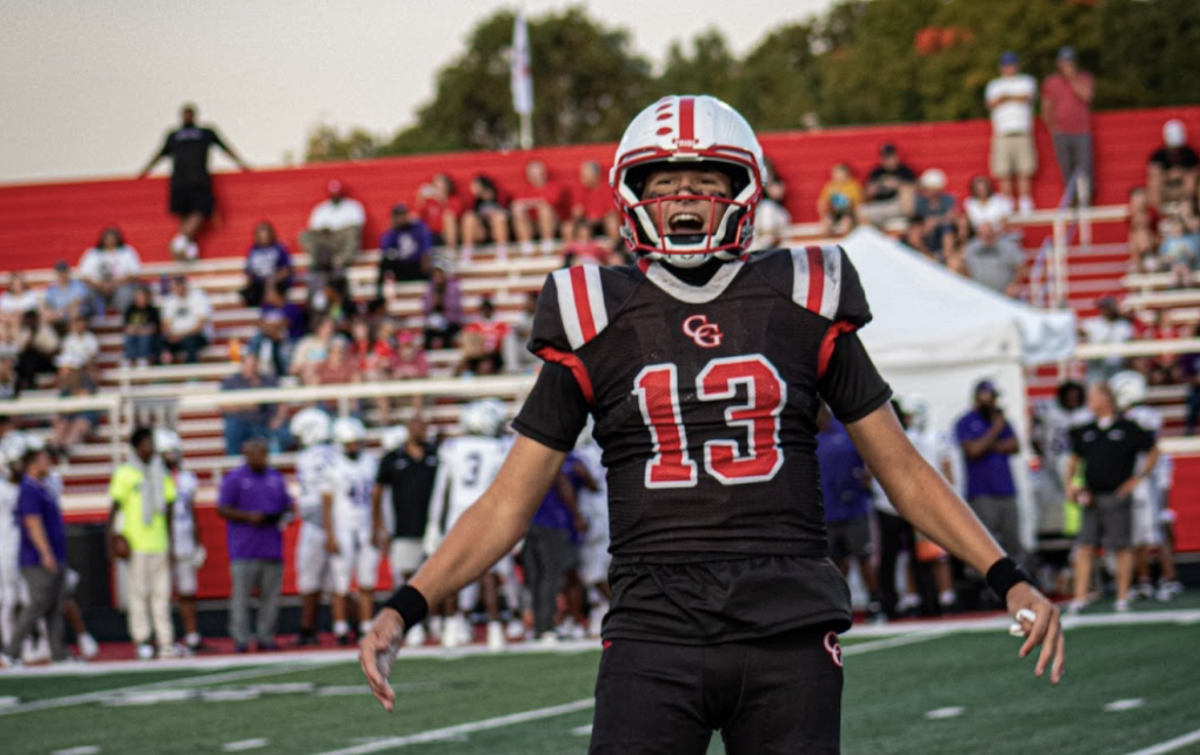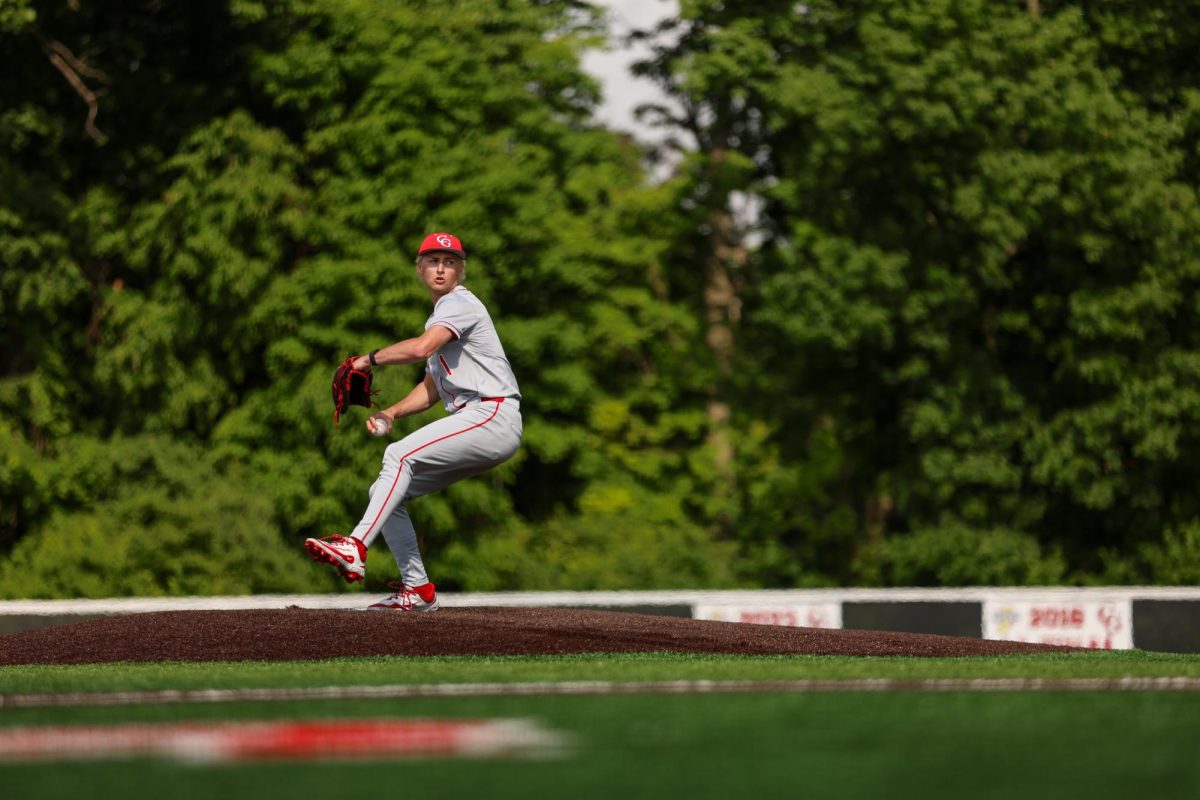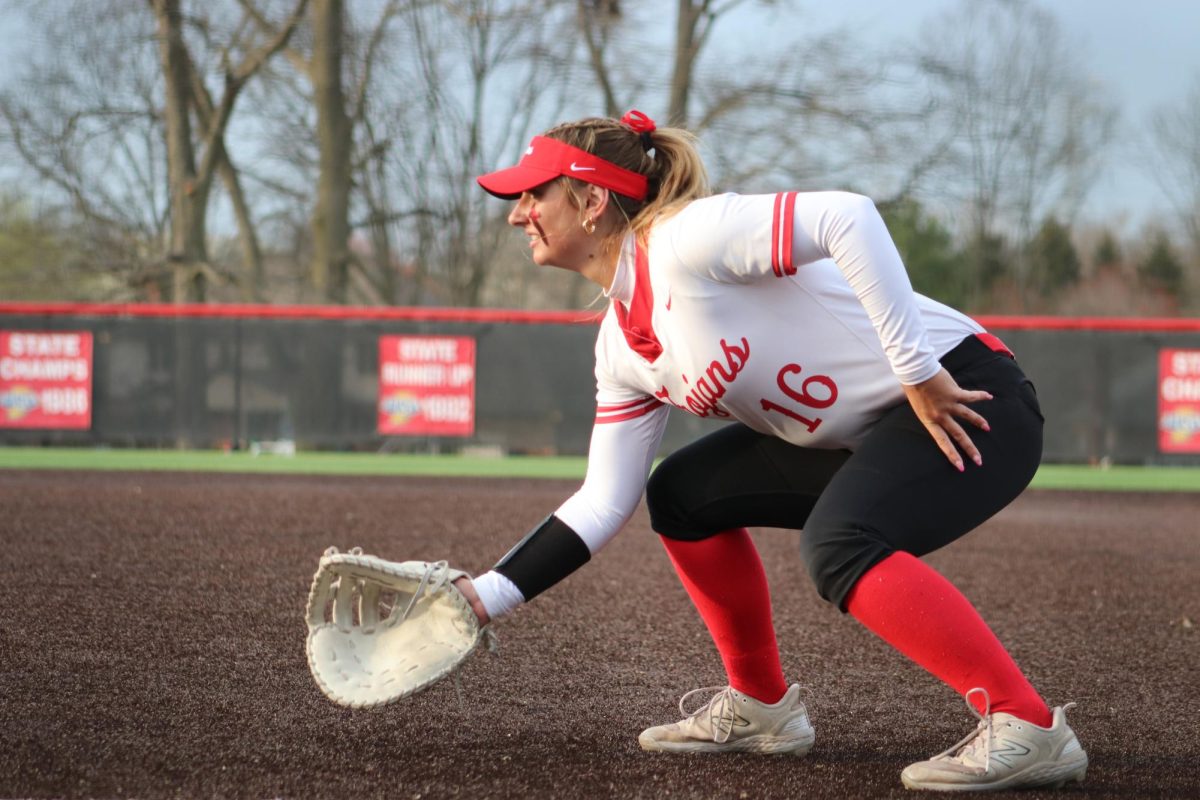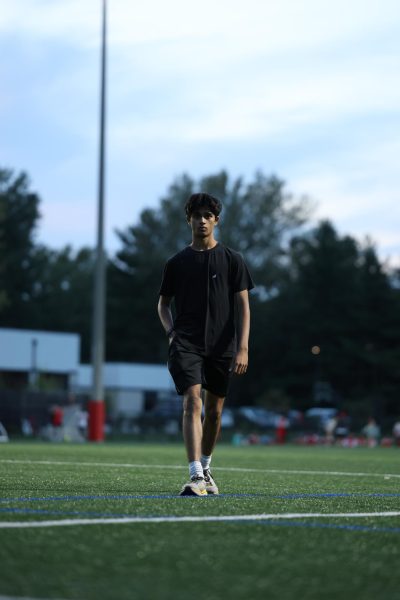“In the moment, it was pretty devastating. It kind of sinks in that you won’t play for a really long time, for like 9-12 months, and for me this year, I’ll never play [high school soccer] ever again.”
Devastation.
It’s an emotion that senior Madi Kramer and thousands of high school and professional athletes across the world have had to deal with for the past two years. One moment, in perfect control, living and breathing the game they’ve played for their entire lives. The next, devastation.
ACL tears have dominated the sporting landscape for the last 25-30 years, sidelining world-class professional talents like Paige Bueckers and Odell Beckham Jr., and thousands of high school athletes like Kramer, who tore hers in a soccer game against Castle this year.
Dr. Patrick Siparsky, an orthopedic sports medicine surgeon at IU, has dealt with many of these injuries over his medical career, which has consisted of treating and operating on high school athletes like Kramer in order to restore their ACLs.
“ACL injuries are one of the most common injuries that occur in the knee. There are approximately 250,000 of them in a year in the United States, and as you can tell its a really really common injury,” Siparsky said. “They tear in a lot of different ways: one of the ways we see it frequently is in sports. The ACL, in spite of only being “this big”, has an incredibly important role in your knee. It keeps the tibia bone, or the shin bone, from moving too far forward relative to the femur bone or the thigh bone. It also helps control the rotation of the knee. When you lose your ACL, you not only lose stability moving forwards to back, you also move some of the rotational stability as well, and that can be very functionally limiting to somebody who’s young and active, and even somebody who is not young and still very active, it is very hard to function without an ACL because your knee will keep giving out.”
One problem that Siparsky and other orthopedic doctors have noticed is the prevalence in re-injuring an ACL, or injuring the opposite leg’s ACL, which Siparsky acknowledges might be because of the risk these athletes place on themselves when they participate in their sport after recovery.
Kramer falls into the category of these athletes. A dual-sport athlete who has received state accolades for her performance in the 100m and 200m hurdles, she has also been playing soccer for her entire high school career, and both her ACL tears have occurred during soccer season.
“Since it was the second one, I knew right when it happened, so it was more devastating and trying to mentally think about doing the whole process again, so a little bit different of a reaction than the first one since I knew what I’d done, but definitely just devastating,” Kramer said.
What makes Kramer more susceptible to these knee-related injuries like her ACL is not only down to unfortunate circumstances, however. In fact, Dr. Siparsky notes that there are statistics that conclude that women in athletics, including in high school, have a higher risk of tearing their ACLs.
“If you take basketball and soccer, [and] if you are a female, you are three times more likely to have an ACL tear than you are if you’re a male. Which is a lot. That’s a huge number. If you think about the 250,000 in a year, a huge part of that is encompassed in that number,” Siparsky said.
Ranging from the alignment of women’s pelvises to the quadricep-hamstring ratio difference between men and women, there are many explanations to why women are more susceptible to these injuries. One reason could be the bone structure of a female knee, which is different compared to a male’s.
“If we take a woman who is 5’8”, and we take a man who is 5’8”, it turns out [the female’s] ACL’s are smaller in width compared to that of the male,” Siparsky said. “[It] could be that the space available is smaller, so the ACL doesn’t have as much room to grow, but when we talk about the strength of ligaments, the width across is what makes a huge difference in how much strength they have. The smaller [ACL] you have, the less stress it can take. One of these [reasons], not a big deal, but two, three, four, then you start to really see the increase in the risk.”
Although an ACL tear is a short-term setback for these athletes, the long-term impact ACL injuries can have, like arthritis, are also something that have to be taken into consideration
“In about 50% of people who tear their ACL, they also tear their meniscus or have cartilage damage,” Siparsky said. “Your meniscus are your shock absorbers in your knee, and so when your meniscus is damaged, you have a faster rate of cartilage damage, and when the cartilage runs out, you get arthritis. So, in some of my patients who I have taken care of since they were fairly young, now that they’re in their twenties, when they get x-rayed, we can actually tell the difference between the operative side and non-operative side because that space is narrowing down because they’re getting some early arthritis.”
Apart from the physical toll ACL tears can place on these young athletes, the mental effect that these injuries have can have a large effect on the mindset of rehabbing athletes. Senior Ava Mardis tore her ACL during tryouts for her club volleyball season last year, and the emotional impact that stemmed from this injury led her to changing her mindset to be more mentally strong.
“I’m definitely a mentally tough person. I don’t cry a lot,” Mardis said. “But definitely the hardest time of my life was probably the seven months where I was undergoing all of this training to get back into playing. I think that it’s not really talked about enough how hard it is, and most ACL injuries take 9-12 months to get back and I was back in 6.5 months, so I definitely went way past the extra mile to get back sooner. I think that reflects how hard I want to work and to get back, but it was definitely an emotional rollercoaster.”
This mental toll also extends towards coming back from the injury as well. Sophomore Jessie Jasek tore her ACL early this year in a scrimmage, and though she will be cleared to play soccer in her fall junior season, she will also have to go through growing pains coming back from her injury.
“I think seeing that [Kramer injured her other knee], I think it’ll be definitely different, because the idea that the reinjury is very possible, because it happened right in front of me, it’s going to be hard to get used to,” Jasek said. “But I also have to trust the doctors and they said that it shouldn’t retear, but things happen. I think it’ll take some getting used to, and I think over time I’ll be fine, but it’ll definitely be a change that’ll be different going into soccer again.”
Important to the alleviation of the mental toll ACL injuries can have is the support group around the athlete, which has helped athletes like Kramer during their time in recovery.
“[My teammates] would do anything to help me with whatever I need,” Kramer said. “It’s hard for people to understand it, but they do what they can and you have to understand that they really don’t know what it’s like to go through it, but they give their effort and how they can help. Right after surgery they put together a whole basket. They’ve just made sure to keep me included and make me feel like I’m still important to the team.”
Although ACL tears can seem unpredictable and more down to chance than anything concrete, there are preventive measures that can be taken in order to reduce the risk of these injuries.
“There was particularly in female athletes, because of this increased risk, a movement to try to do these certain things to help with adjusting [to their ACLs],” Siparsky said. “For example, maybe we could teach these women how to jump and land to decrease ACL risk. Or, [we could] teach them how to stop and start, not that we were saying they were doing it wrong, but solely because we were trying to make the risk go down for these injuries. And it actually turned out that it worked quite well. It did decrease the risk of reinjury.”
Senior Ava Mardis is one of these athletes who believes ACL prevention techniques and exercises can be an important part in the reduction in the numbers of these injuries. Mardis tore her ACL last year when she was taking part in tryouts for her club volleyball season, which she believes could have been prevented through techniques similar to the ones mentioned by Siparsky.
“I wouldn’t say it’s talked about enough. I think it’s definitely common, and high-level athletes always have that in the back of their minds, but we don’t do a lot of prevention, and now looking back on it, there are strength exercises that would limit the amount of ACL tears,” Mardis said.
For now, however, Kramer, like Mardis, Jasek and many other high school athletes, will have to focus on overcoming the devastation of an ACL injury. It may be time-taking. It may be difficult. But Kramer is confident she will be able to bounce back, one step at a time.
“I think [recovery will be] pretty hard, especially since I recovered from the first one and only played soccer, so I haven’t done track in a long time, but I do think I’m better prepared this time,” Kramer said. “I know how to rehab it. I think this time it’s gone a little faster and I feel a lot more confident in rehabbing, so I feel like it’ll go pretty smooth and I will get back. It just takes time.”


